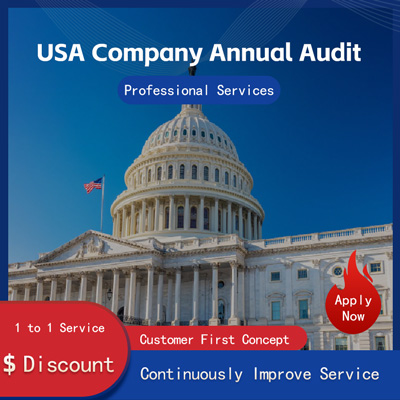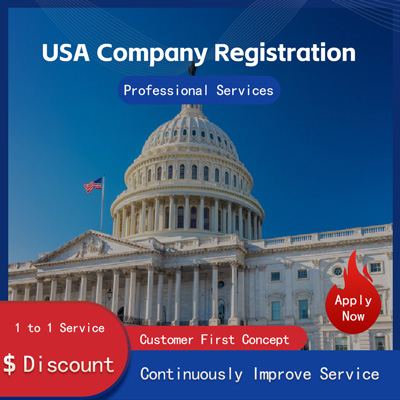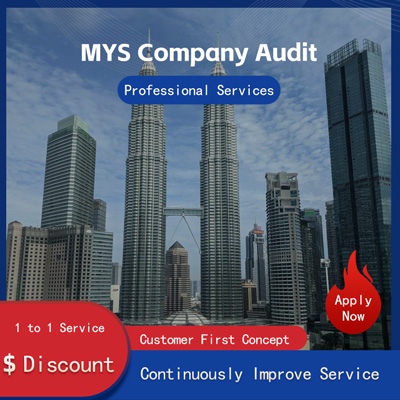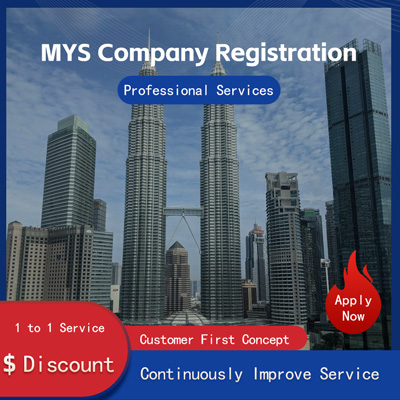
Exploring the Mechanism of US Annual Review Do You Know How It Works?
Step into the world of annual vehicle inspections in the U.S. Do you know how it works?
In recent years, as economic and cultural exchanges between China and the U.S. have become increasingly frequent, more and more Chinese people have begun to pay attention to or plan to live, study, and work in the U.S. When it comes to long-term residence in the U.S., one unavoidable topic is vehicle inspection. For domestic car owners, vehicle inspections are an important part of ensuring road safety. In the U.S., inspections also play a similar role, but their operational methods differ significantly from those in China. So, what are the characteristics of vehicle inspections in the U.S.? How do they ensure public traffic safety? This article will take you deep into this system.

The Universality and Specificity of the Inspection System
In the U.S., the requirements for vehicle inspections vary from state to state. Most states require motor vehicles to be inspected annually or biennially to ensure that they meet environmental standards and are in good technical condition. However, unlike China's unified centralized management, vehicle inspections in the U.S. are usually completed by private inspection stations rather than institutions. This market-oriented operation model not only improves efficiency but also gives car owners more choices.
For example, California is one of the few states in the U.S. that enforces strict tailpipe emissions testing. According to regulations set by the California Air Resources Board CARB, all registered vehicles must pass rigorous emissions tests before continuing to operate on the roads. This policy stems from California's severe air pollution issues, reflecting the strictness of local environmental laws. By contrast, New York State focuses more on mechanical performance checks, such as tire wear and brake system functionality.
It should be noted that although most states implement inspection systems, there are exceptions. For instance, Florida and Nevada do not require regular vehicle inspections, instead relying on insurance companies' reviews of accident records to indirectly control vehicle conditions. This flexibility reflects the characteristic of local autonomy under the U.S. federal system.
Detailed Explanation of the Inspection Process
In the U.S., the core of vehicle inspections lies in two major aspects environmental compliance and mechanical safety. The specific procedures vary from state to state, but the basic steps are generally the same
1. Scheduling the Inspection Station
Car owners need to contact nearby certified inspection stations to schedule a time in advance. These stations are located throughout cities, making it convenient for owners to complete inspections nearby. Some large chain stores also offer home services, providing convenience for those with mobility issues.
2. Submitting Documents
Upon arriving at the inspection station, staff will verify the vehicle registration certificate, insurance policy, and driver’s identification documents. These documents are used to confirm ownership and legal roadworthiness.
3. Actual Testing
The tests mainly include the following aspects
Emissions Testing Professional equipment measures concentrations of pollutants such as carbon monoxide and nitrogen oxides.
Lighting Check Ensures headlights, turn signals, etc., function properly.
Brake System Assessment Checks brake pad thickness and brake fluid leaks.
Tire Condition Inspects for excessive wear or blowout hazards.
4. Paying Fees
After completing the above items, car owners need to pay the corresponding inspection fees. Prices typically range from tens to hundreds of dollars, depending on the state's standards.
5. Receiving Results
If the vehicle passes all tests successfully, a certificate of compliance will be issued; if problems arise, repairs must be made within a specified timeframe before reapplying. It should be noted that in some states, failure to participate in inspections on time may result in fines or even revocation of license plates.
The Social Significance Behind the Inspections
From a societal perspective, the vehicle inspection system in the U.S. has multiple values. First, it effectively reduces the occurrence of traffic accidents. Regular maintenance of key vehicle components can promptly identify potential faults and address them, thereby reducing the risk of dangerous incidents caused by mechanical failures. Second, environmental awareness runs through the entire process. Whether it's California's tailpipe emission restrictions or other states' fuel efficiency assessments, they demonstrate America's ongoing efforts in environmental protection. Finally, this market-oriented management model also promotes the development of related industries, such as manufacturers of detection equipment and repair service providers, forming a virtuous cycle.
Comparison with China's Inspection System
Although both China and the U.S. emphasize vehicle safety and environmental protection, there are obvious differences in their specific operations. China adopts a centralized management system led by authorities, where owners must complete annual inspections at designated locations according to fixed cycles; whereas the U.S. operates in a decentralized, market-driven manner, allowing owners to freely choose inspection locations based on their needs. China's inspections often involve complex procedures and longer waiting times, while the U.S. is more convenient and efficient.
However, experts point out that the U.S.'s inspection system is not without flaws. For example, due to the lack of unified standards, enforcementmay vary between states; at the same time, profit-driven private inspection stations may make it difficult for low-income groups to afford high inspection costs. These issues warrant further discussion and improvement.
Conclusion
As one of the largest economies in the world, the U.S.'s vehicle inspection system embodies both the refinement of modern social governance and personalized needs. It reminds us that scientifically sound and reasonable rule design is crucial for sustainable development in fields like traffic management and environmental protection. For Chinese individuals planning to live in the U.S., understanding and adapting to the local inspection process is undoubtedly an important step in integrating into a new environment. It is hoped that this article can help readers better understand this system and avoid unnecessary detours in future practice.
Helpful (0)
No help (0)
Still have questions after reading? More than 98,000 users have contacted us. Please fill in the following information to obtain business information.

Service Scope
MoreRecommended for You
- Annual Filing Audit for Singapore Companies Key Details You Must Not Miss!
- Singapore Company Annual Review Guide All You Need to Know
- Annual Audit Costs for Singapore Offshore Companies Key Points You Need to Know
- Singapore Company Annual Filing Fees What You Need to Know!
- Trouble with Singapore Company Annual Filing? Try Pro Agency Service for Hassle-Free Efficient Solution!
- Analysis of Annual Audit Costs for Singapore Companies Smart Financial Management for Hassle-Free Compliance
- Singapore Company Annual Review All You Need to Know in One Read!
- How Much Does Annual Audit Cost for a Singapore Company? Must-Know Details Inside!
- Why Annual Audit Matters for Companies Held by Singapore Firms? Did You Know?
- Ultimate Guide to Annual Audit for Singapore Companies Step-by-Step Made Easy
- Analysis of Annual Compliance Costs for Singapore Companies Are You Ready?
- Singapore Company Annual Review Guide Easily Complete the Process and Avoid Fines Hassles
- How High Are the Late Fees for Annual Reviews of US Companies? These Truths You Must Know!
- Key Points of Annual Filing for Singapore Companies How Much Do You Know?
- Essential Documents for Annual Review of Singapore Companies Detailed Analysis of Required Information for Each Stage
- Singapore Company Annual Filing Essential Knowledge Practical Tips
- Singapore Company Annual Review Deadline Explained Consequences of Missing It
- How Much Is the Annual Audit Fee for a Singapore Company? A Guide to Understanding the Costs
- How to Successfully Complete Annual Compliance for Singapore Companies? A Guide to the Process and Key Considerations
- Is Annual Review Necessary for U.S. Companies? Everything You Need to Know in One Article


 ONE
ONE








Customer Reviews
Small *** Table
December 12, 2024The experience was very good. I was still struggling to compare it with other companies. I went to the site a few days ago and wanted to implement it as soon as possible. I didn't expect that everything exceeded my expectations. The company is very large, with several hundred square meters. The employees are also dedicated and responsible. There is also a wall of certificates. I placed an order on the spot. It turned out that I did not make a wrong choice. The company's service attitude is very good and professional. The person who contacted me explained various things in detail in advance. After placing the order, the follow-up was also very timely, and they took the initiative to report the progress to me. In short, I am very satisfied and recommend this company!
Lin *** e
December 18, 2024When I first consulted customer service, they recommended an agent to me. They were very professional and patient and provided excellent service. They answered my questions as they came in. This 2-to-1 service model is very thoughtful. I had a lot of questions that I didn’t understand, and it’s not easy to register a company in Hong Kong. Fortunately, I have you.
t *** 7
December 19, 2024I originally thought that they only did mainland business, but I didn’t expect that they had been doing Hong Kong business and were doing very well. After the on-site interview, I decided to ask them to arrange the registration of my Hong Kong company. They helped me complete it very quickly and provided all the necessary information. The efficiency was awesome. It turns out that professional things should be done by professionals.👍
b *** 5
December 16, 2024In order to register a company in Hong Kong, I compared many platforms and stores and finally chose this store. The merchant said that they have been operating offline for more than 10 years and are indeed an old team of corporate services. The efficiency is first-class, and the customer service is also very professional.